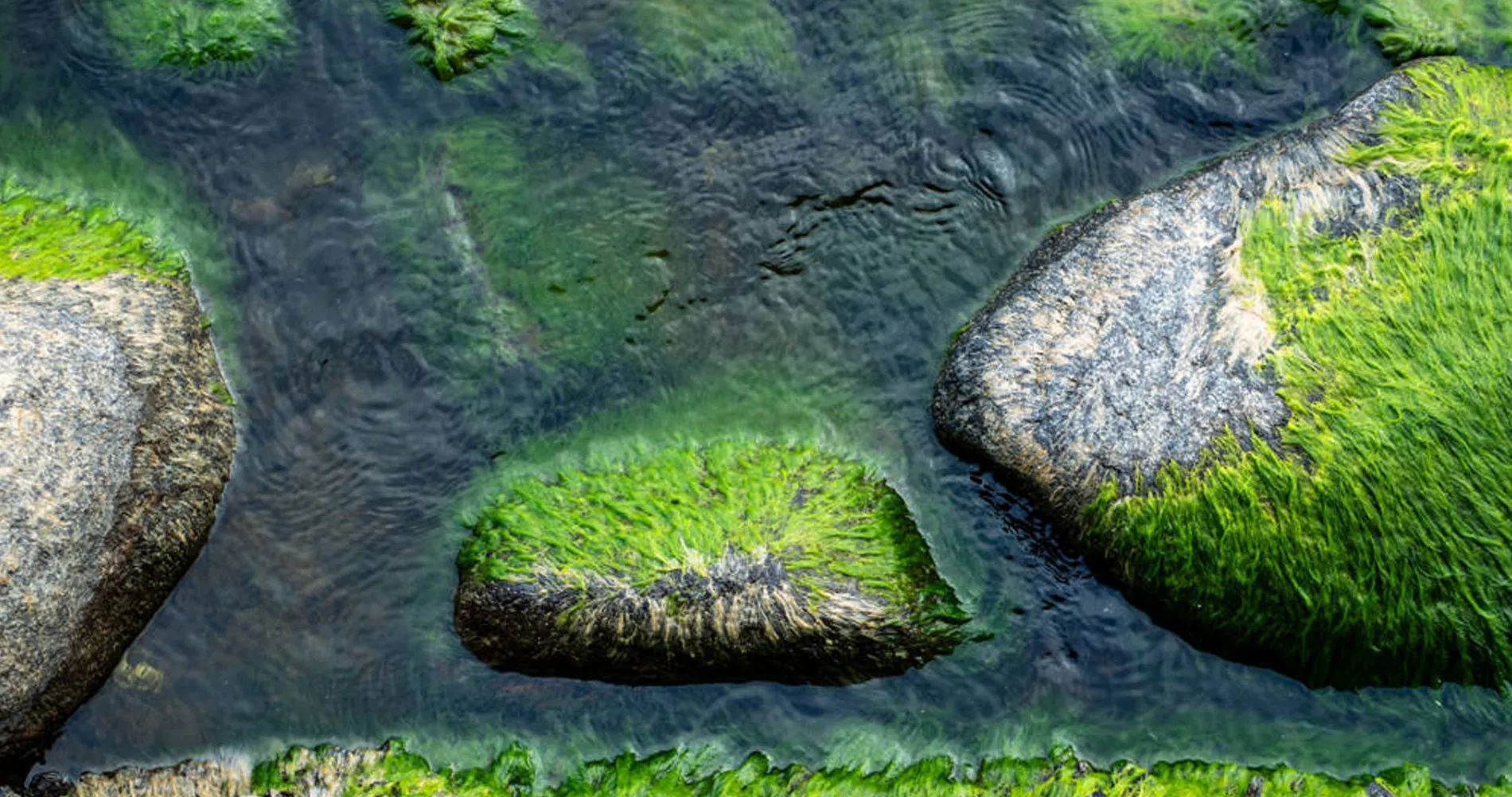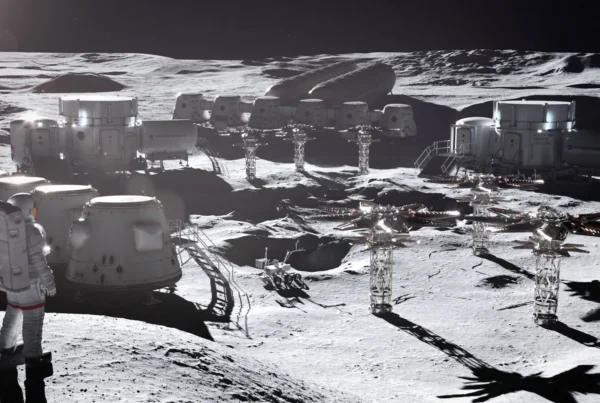Current climate change poses a major threat to marine biodiversity, disrupting ecosystem function and stability across the globe. In the Baltic Sea, even the smallest inhabitants – phytoplankton at the base of the food web – are already showing signs of stress, with shifting species compositions and altered abundance. To understand how these vital organisms might respond to future environmental change, scientists from the Leibniz Institute for Baltic Sea Research Warnemünde (IOW) launched the Phytoark project. By reviving 7000-year-old algae from Baltic Sea sediments, researchers are uncovering patterns of biodiversity and adaptation, offering new insights into the future of marine ecosystems under global change.
Alexandra Dubsky
3 November 2025
Chinese version | German version
In a study with major climate relevance, the IOW experts have successfully revived phytoplankton cells that lay dormant for nearly 7000 years beneath the seafloor. These algae, buried under layers of oxygen-free sediment in the Baltic Sea, remained viable across millennia and were brought back to life as part of the Phytoark project. The initiative helps to understand the complex process of how marine ecosystems have responded to past climate changes, hence giving coherent clues about how they might respond to future challenges.
Using sediment cores extracted from the Eastern Gotland Deep, researchers isolated viable cells of the diatom “Skeletonema marinoi”, a key species in the Baltic’s spring bloom. Remarkably, the ancient strains grew, divided, and photosynthesized at rates nearly identical to their modern descendants.
This success in “resurrection ecology”, the practice of reviving dormant organisms from specific points in geological history, offers a rare chance to directly compare ancient and modern populations. “Such deposits are like a time capsule containing valuable information about past ecosystems and the inhabiting biological communities, their population development and genetic changes,” said lead researcher Sarah Bolius.
What makes this work particularly noteworthy for climate research is its ability to reveal long-term evolutionary responses to environmental modifications. By comparing revived ancient strains with today’s phytoplankton, the team discovered distinctive genetic signatures that evolved over thousands of years, indicating adaptation to changing salinity, temperature and nutrient conditions.
“I find differences within species super exciting,” Bolius explained, “especially how differently functional properties, so-called traits, can be expressed.” As part of the project, she is studying two phytoplankton species of the Baltic Sea with a focus on climate-relevant traits. “To describe how these traits have adapted, we’re not just looking at modern strains. We’re also reviving and examining old strains grown from dormant resting stages preserved in the sediments,” she added.
This integration of paleoecology with modern biotechnology permits researchers to trace adaptation across time, giving insights into how phytoplankton might respond to the accelerating pace of current and future climate change. “Such revived organisms can be compared with recent ones,” Bolius said, “making it possible to investigate how species respond to changing environmental conditions. That knowledge can help us predict how phytoplankton will adapt to future changes.”
The findings are being further supported by advanced marine ecosystem models developed within the project’s framework. Unlike traditional models that focus on short-term biological responses, the new models incorporate evolutionary processes over centuries and millennia. This allows scientists to simulate how community structure, population dynamics and trait evolution alter critical ecosystem functions such as primary production and nutrient cycling.
These models give further keys to explore how future climate scenarios might reshape the Baltic phytoplankton community. They include tracking how adaptations in traits, like nutrient uptake efficiency or photosynthetic capacity, could influence broader ecological balance.
The findings mark a significant advance in the ability to study long-term eco-evolutionary processes in marine phytoplankton. By integrating palaeoecological data with modern genetic and physiological analyses, the researchers of Phytoark aim to provide an innovative framework for predicting functional and adaptive responses of phytoplankton communities to ongoing and future climate change in the Baltic Sea, which can eventually give answers to marine biology around the world.






















